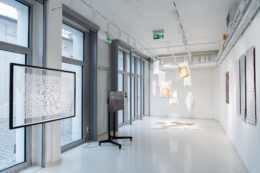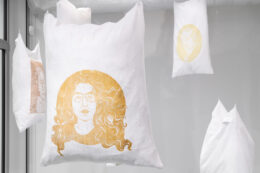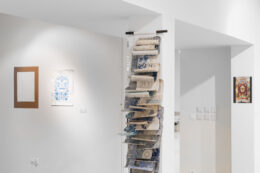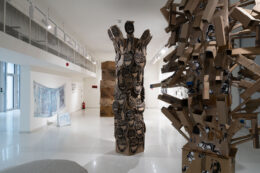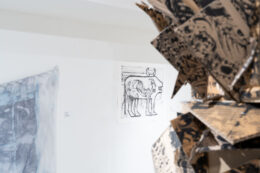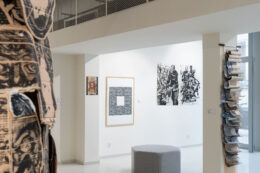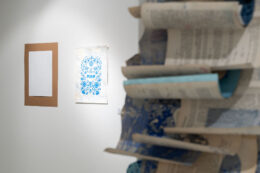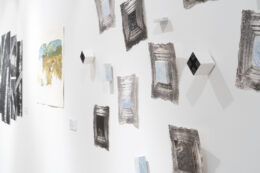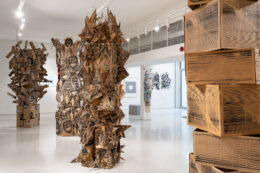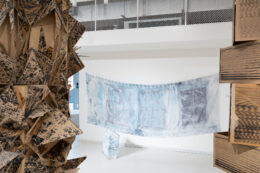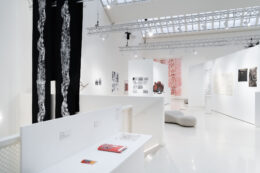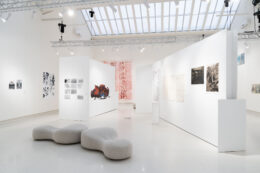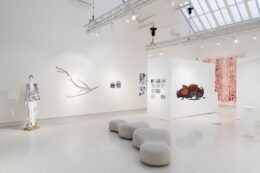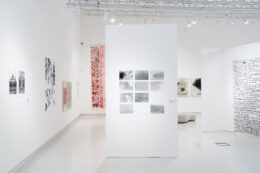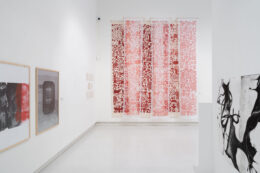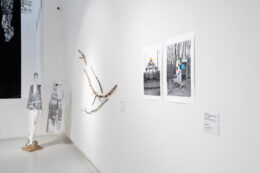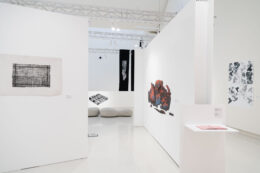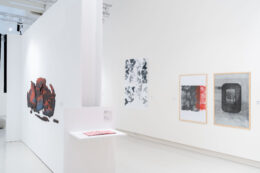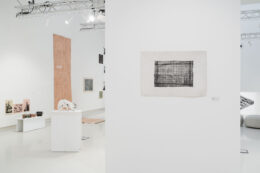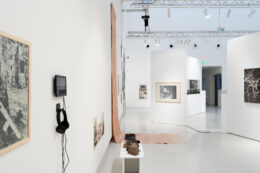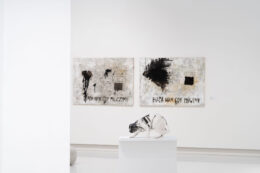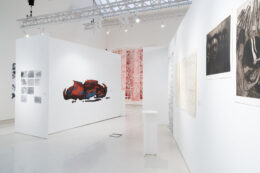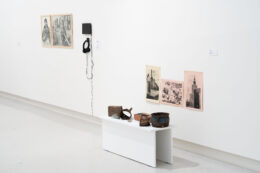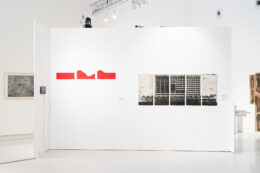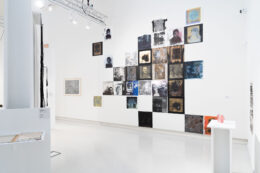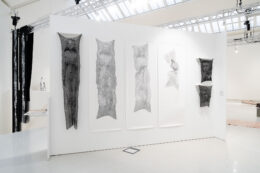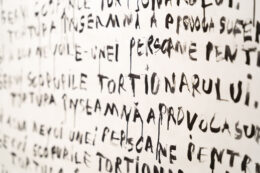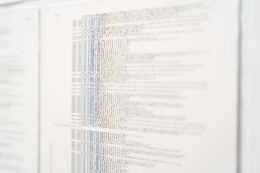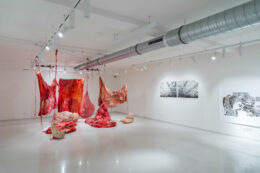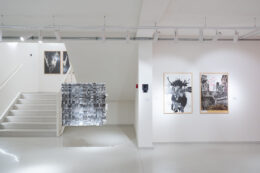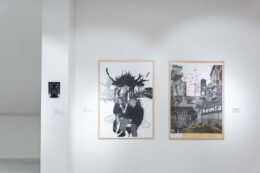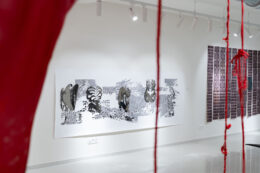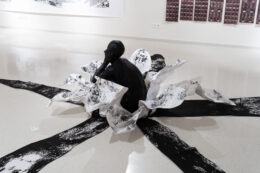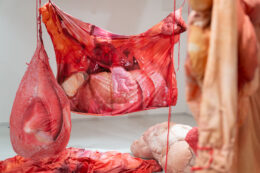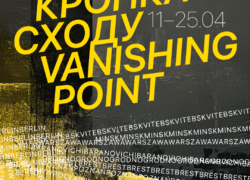The expanding global capitalist system creates a network of supranational connections, shaping the binary division of the world into the dominant core and the subordinated periphery. Areas in which civilizational and economic development does not keep up with the pace of the core are still influenced by outdated (archaic) forms of socio-economic organization. The slower paced development of the periphery is often explained by its insufficient integration with more economically advanced areas. However, we fail to observe that it is the global economic system, which is based on the accumulation of capital, that contributes to the emergence of this division and of backward regions, which are a ‘consequence of the polarising logic of the expansion of this system’.1
Each new state included in this supranational structure, usually because of conquest, is pushed to a peripheral position. In this way, the integrated economic system that is being created leads to the emergence of a hierarchy based on various specializations and degrees of professionalization. In the newly incorporated and less developed regions, production processes usually require a large input of labour and time, but they do not guarantee high profits. In addition, the peripheral economy is usually based on agriculture and the extraction of raw materials, with intensive exploitation of natural resources and labour. As a result, less affluent regions in the global economic system become dependent on more developed areas. The profitability of production in the periphery results from low costs, which are possible thanks to cheap or even slave labour. The export of cheap products from poorer regions is the key factor that influences the functioning of economic systems and deepens the phenomenon of polarization between the core and the periphery. As a result, differences in profits in individual regions arise, giving developed countries an advantage over less affluent areas. According to Immanuel Wallerstein, social polarization is a key element in creating this kind of dependency in the economic system, which is based on the accumulation of capital. This is caused not only by a delay in achieving the standards imposed by the core but also by the very structure of the system, which is based on these inequalities. Consequently, closing the gap and catching up with richer regions becomes impossible.
The economic system, supported by the political and social structure, also leads to the export of western/central patterns and models of behaviour to less affluent regions. This process is closely linked to cultural expansion, an example of which is the phenomenon of Eurocentrism. As the periphery, and the semi-periphery in particular, try to achieve the standards and organizational models set by the core, they obsessively compare themselves to developed countries and intensively adapt their cultural patterns. The process of importing social patterns and organizational structures in order to build one’s own identity is referred to as cultural self- colonization. It is defined through ‘the trauma of inferiority resulting from awareness of alienation from the Universal’.2 Thus, cultural phenomena in semi-peripheral areas are often described in relation to paradigms and trends established by the core.
In the context of the above considerations, it is worth paying attention to the concept of horizontal art history by Piotr Piotrowski. It can be interpreted as an attempt to neutralize the vertical approach, in which art trends are imposed by the dominant western culture.3 In the traditional, vertical model of cultural development, artistic phenomena spread from the core to the periphery. The export of artistic phenomena, and particularly how they are interpreted, significantly affects their reception in regions located outside the strict core. The concept of horizontal art history reveals a process resulting from the complexity of visual culture, which makes it difficult to indicate clearly which artistic phenomena were dominant in any period.
This allows simplifications and the superficial popularization of trends developing at any historical moment to be avoided.
The import and export of culture-forming artistic phenomena in the horizontal model support socialization while sustaining diversity, which makes it possible to show the complex human environment more thoroughly. This model of exchange is not limited to ‘products’ (which is typical of consumer culture) but focuses on active participation in a creative process and on searching for and propagating utopian visions.
Curator: Maciej Kurak
[1] Marcin Starnawski, Przemysław Wielgosz, Kapitalizm nad przepaścią, społeczeństwa wobec
wyboru. O krytycznych perspektywach analizy systemów-światów Immanuela Wallersteina, w:
Immanuel Wallerstein, Analiza systemów-światów. Wprowadzenie, Wydawnictwo Akademickie Dialog,
Warszawa 2007, s. XXV.
[2] W odniesieniu do Aleksandra Kiosseva Jan Sowa, Fantomowe ciało króla. Peryferyjne zmagania z
nowoczesną formą, UNIVERSITAS, Kraków 2011, s. 21.
[3] Więcej m.in. w: Piotr Piotrowski, Globalne ujęcie sztuki Europy Wschodniej, Dom Wydawniczy
REBIS, Poznań 2018.


